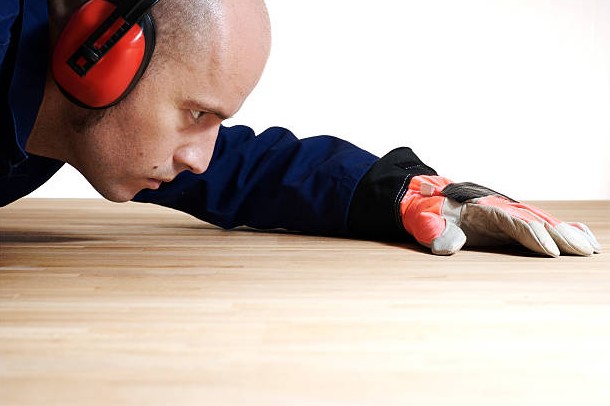Timber floors can be a beautiful and durable addition to any home or commercial property. However, like any flooring material, timber floors are subject to wear and tear over time. That's why regular timber floor inspections are so important.
By identifying common problems during inspections, property owners and inspectors can take steps to address issues before they become more serious. In this article, we'll explore some of the most common problems found during timber floor inspections and offer tips for addressing them.
Moisture-Related Problems
One of the most common problems found during timber floor inspections is moisture-related issues. When timber floors are exposed to excess moisture, they can swell, cup, crack, split, and develop mould or mildew. These issues can be caused by a variety of factors, including leaks, spills, high humidity levels, and poor ventilation.
To prevent moisture-related problems, it's important to address any sources of excess moisture as soon as possible. This may involve repairing leaks, improving ventilation, or using dehumidifiers. In some cases, damaged or affected floorboards may need to be replaced.
Wear and Tear Issues
Timber floors can also be subject to wear and tear over time, especially in high-traffic areas. Scratches, scuffs, gaps between planks, and loose or squeaky boards are all common problems that can be caused by regular use.
To address these issues, it may be necessary to sand and refinish the floors, fill gaps, or replace damaged boards. Regular cleaning and maintenance can also help to prevent wear and tear issues from developing in the first place.
Structural Problems
In some cases, timber floor inspections may reveal structural problems with the underlying subfloor or support structure. Unevenness, sloping, or joist issues can all affect the stability and safety of the floor.
These issues may require more extensive repairs or replacement of damaged areas. In severe cases, the entire floor may need to be replaced. Identifying and addressing structural problems early on is crucial to prevent more serious issues from developing.
Insect or Pest Infestations
Termites, ants, and other pests can also pose a threat to timber floors. Signs of infestation can include small holes or sawdust on or near the floorboards. If an infestation is suspected, it's important to address the issue as soon as possible to prevent further damage. Treatment options may include pesticides, bait stations, or other pest control measures.
Finish or Coating Problems
Finally, timber floor inspections may reveal problems with the finish or coating on the floors. Peeling, bubbling, or discoloration can all be signs of a problem with the finish. These issues can be caused by a variety of factors, including improper application or use of the wrong type of finish. To address these issues, the affected area may need to be sanded and refinished with a high-quality product.
Timber floors can be a beautiful and durable addition to any property, but they do require regular maintenance and care. By identifying common problems during timber floor inspections, property owners and inspectors can take steps to address issues before they become more serious.
Whether you're dealing with moisture-related problems, wear and tear issues, structural problems, insect or pest infestations, or finish or coating problems, it's important to address the issue as soon as possible to prevent further damage. With the right care and attention, timber floors can provide years of beauty and functionality.







